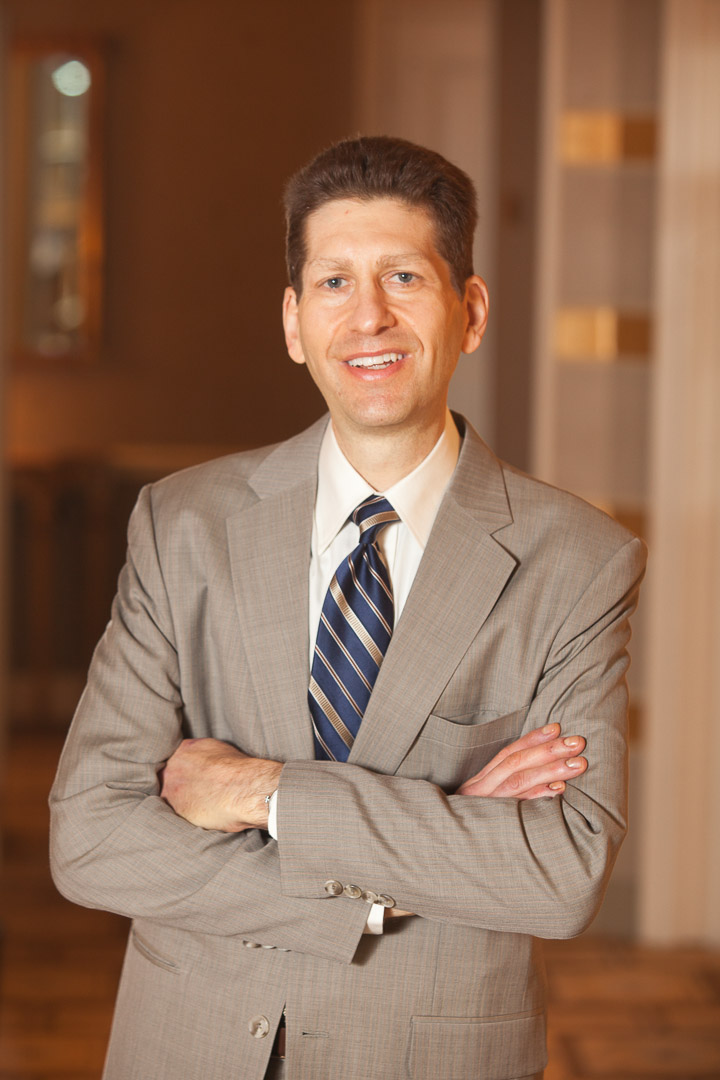Look up from your stack of journals lately? You will note DNA analysis has gotten awfully popular. Mom, dad, and the rest of the clan want in and the temptation to obtain the blueprint that makes you, you has an almost hypnotic-like draw. You are curious if what grandma told you—half of your “G, C, A and T’s” make you Irish, a quarter makes you Scandinavian, and another quarter types you as Moroccan—has truth. You may look 100% German, but assuming your test is valid, you might be shocked, and your phenotypic version of truth may be wide of the genotypic mark. We crave gold standards, and for this tiny jam, DNA is it.
Cute analogy, but it’s not so different when analyzing patient care inputs. If a PCP admits a beneficiary to the hospital, and that senior then follows up in an SNF, then gets readmitted, and finally goes home with ten outpatient visits over the next three months, you can bet lots of specialists are booking slots. But like the DNA example above, you may infer the cardiologist ran the show; or maybe it was the rheumatologist, or perhaps even the hospitalist oversaw the undertaking. It’s anyone’s guess unless you can go into a database and find certainty. The answer at times may be too intricate to determine, however, given what we know about provider attribution and the convoluted claims we accept as fact. Garbage in, garbage out.
But to even broach that claims data, getting at the DNA code so to speak, we first must explore the EHR and cobble together the narrative based on what the genes say.
To revisit the senior above with Medicare, we can detect the cardiologist; we can discover the rheumatologist; and we can finger the neurologist. We know how their “base pairs” express.
Why is that? It’s called specialty codes.
Every CMS specialty has a code, an identifier assigned to it, and more than likely, someone in an office or billing department somewhere has connected it to a provider’s NPI#.
There is one problem, though. Hospitalists are new to the scene—and after years of discussion with the feds (and SHM stick-to-itiveness), we got our DNA own code in 2017 (C6). But having a code, applying it, and putting it to effective use are two vastly different things.
Why should practices in a regime of data along with the specialists, ACOs, bundles, MSSPs, and global payments that attach to it concern themselves with a C6 identifier? And more to the point, have hospital medicine divisions and groups gotten the message and signed on to the means to make the identifier routine?
The answer to the first question is yes. The answer to number two, at least thus far, is decidedly not.
Want answers?
Well, we found them for you. See HERE for the findings in the latest Journal of Hospital Medicine. It’s time hospitalist groups and divisions follow the lead of all CMS recognized specialties and engage with our back offices, payers, and system leaders to check the correct boxes. Do read:
“Without an improved ability to identify services provided by hospitalists—by both CMS and commercial entities—the potential benefits delivered by hospitalists in terms of improved care quality, safety, or efficiency could go undetected by payers and policymakers. Moreover, C6 may be used in other ways by the CMS throughout its payment systems and programmatic efforts that use specialty to differentiate between Medicare providers.”



Leave A Comment